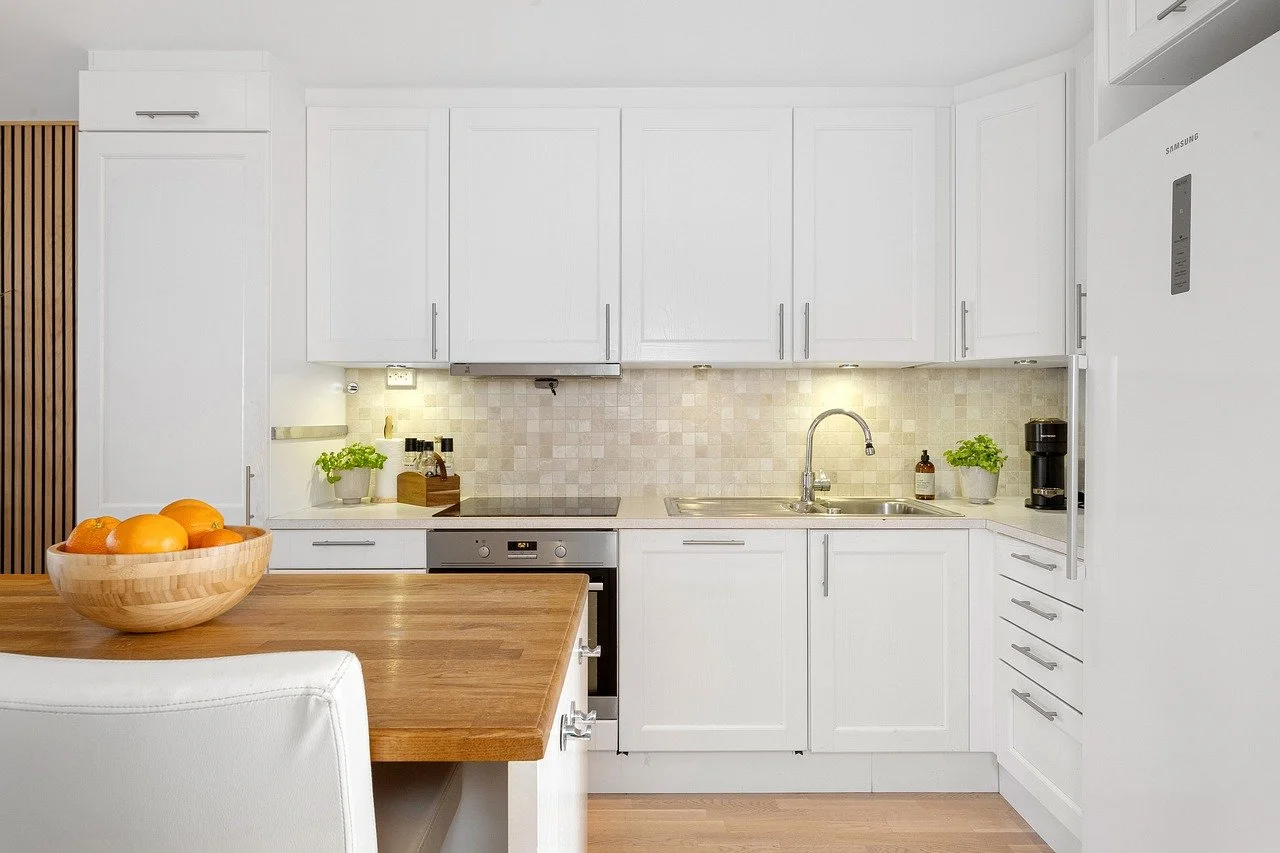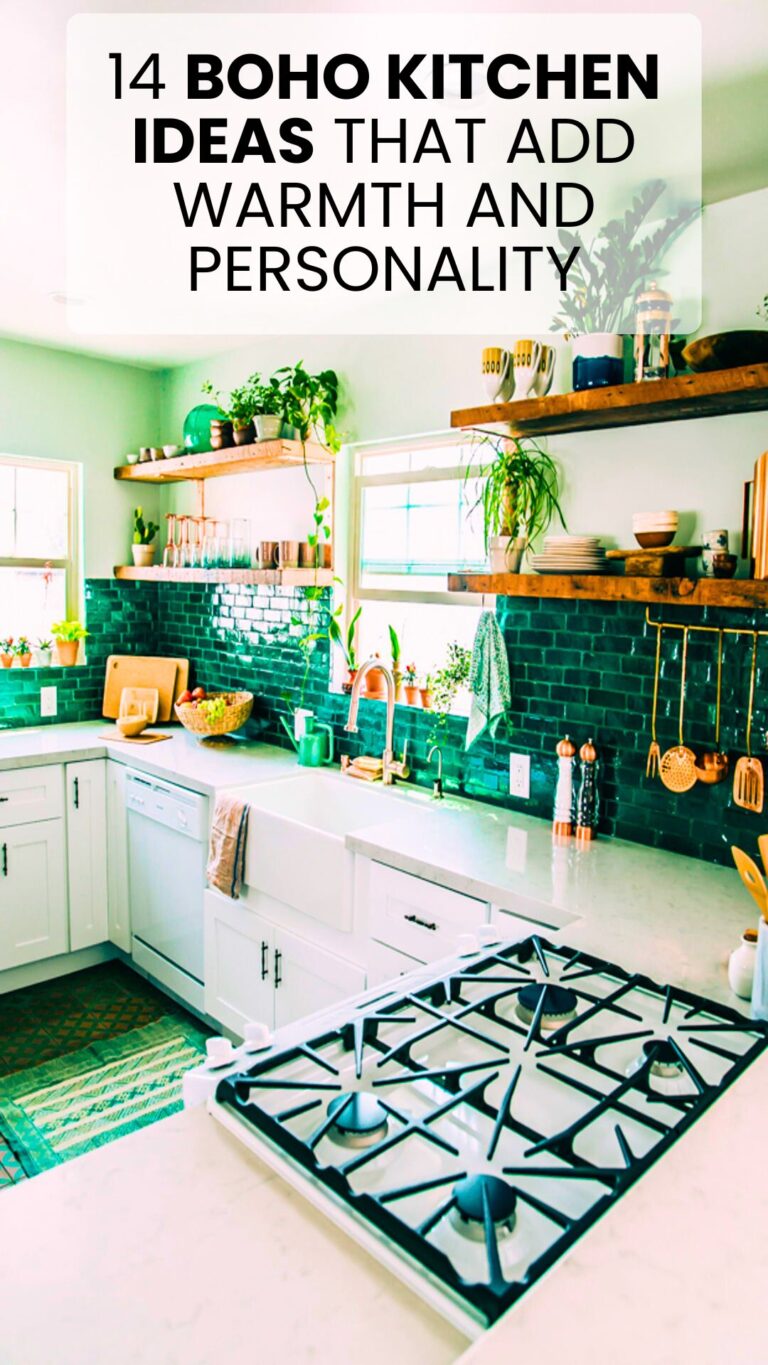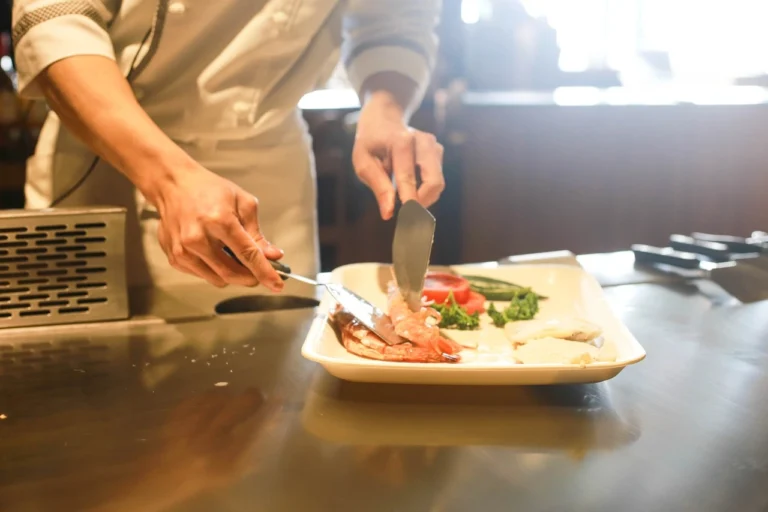
I still remember the first time I installed kitchen cabinets. I thought it would be a straightforward process, just measure, drill, and attach. But reality hit me when I found myself standing in my kitchen, surrounded by tools, scratching my head over slightly misaligned cabinets. That experience taught me that installing cabinets isn’t just about securing boxes to the wall; it’s about precision, patience, and knowing a few tricks that professionals use.
If you’re planning to install kitchen cabinets yourself, trust me, you can do it, but a proper plan makes all the difference. This guide will take you through every step, ensuring your cabinets look professionally installed and function perfectly. Whether you’re replacing old cabinets or installing brand-new ones, I’ll walk you through it, sharing insights I’ve learned along the way.
Planning and Preparation: The Foundation of a Successful Installation
Before you even think about picking up a screwdriver, planning is key. I learned this lesson the hard way when I once miscalculated the height of a wall cabinet, leading to a gap that looked awful. That’s why measuring everything twice (or even three times) is crucial.
Essential Measurements
- Wall Space: Measure the total width and height where the cabinets will be installed.
- Ceiling Height: If you’re installing upper cabinets, ensure they fit properly with your ceiling clearance.
- Appliance Space: Leave adequate space for the fridge, oven, and dishwasher. Nothing is worse than realizing your fridge door won’t fully open because the cabinets are too close.
Tools You’ll Need
Having the right tools makes the job much smoother. Here’s a checklist based on my own experience:
✔ Tape measure
✔ Level (a must-have for straight cabinets)
✔ Stud finder
✔ Drill and screwdriver set
✔ Clamps
✔ Shims (for leveling uneven floors)
✔ Safety gear (gloves, goggles)
Gathering everything beforehand saves you from those annoying mid-project trips to the hardware store. I’ve been there, and it’s frustrating.
Removing Old Cabinets (If Applicable)
If you’re replacing old cabinets, removal is the first step. I’ll be honest, this part is messier than people expect. I once started prying off cabinets without turning off the power, and let’s just say sparks flew (literally). Lesson learned: always check for electrical wiring before removing anything.
How to Remove Cabinets Without Damaging the Walls
- Empty Everything – Take out all dishes, pantry items, and hardware.
- Turn Off Power and Water – If cabinets are near outlets or plumbing, shut off utilities.
- Unscrew from the Wall – Start from the top cabinets, then move to the base units.
- Use a Pry Bar Carefully – Gently loosen stubborn cabinets to avoid wall damage.
Removing old cabinets takes patience, but doing it carefully will save you repair work later.
Marking the Layout: The Blueprint for Accuracy
Once the old cabinets are gone, marking the layout ensures a precise installation. I made the mistake of skipping this step once, and my cabinets ended up looking lopsided. Since then, I’ve never underestimated the power of a simple pencil line.
Steps to Mark the Layout
- Use a Level and Straight Edge: Draw horizontal and vertical lines where the cabinets will go.
- Find the Wall Studs: Mark their locations because cabinets must be anchored into studs for stability.
- Check Spacing for Appliances: Ensure there’s enough room for your stove, fridge, and dishwasher.
Taking time to mark the layout correctly will save you frustration down the road.
Installing Base Cabinets: The Backbone of the Kitchen
Base cabinets set the foundation for the entire kitchen. If they’re not level, everything else will be off.
Step-by-Step Installation
- Position the First Cabinet – Start in a corner and work outward.
- Use Shims if Necessary – Floors are rarely perfectly level, so shims help adjust height.
- Check for Level and Secure It – Use a level before screwing into wall studs.
- Repeat with the Next Cabinet – Attach cabinets together before securing them fully.
One trick I learned is to slightly loosen screws after attaching cabinets together. This allows minor adjustments before final tightening.
Installing Wall Cabinets: The Tricky Part
Wall cabinets are harder to install than base cabinets simply because gravity is not on your side. My advice? Always have a second person to help hold them in place.
Tips for a Smooth Installation
✔ Start with the corner cabinet first.
✔ Temporarily screw a ledger board under the cabinets to hold them while you work.
✔ Always check alignment with a level before securing.
✔ Drill into wall studs for strong support.
Trust me, nothing is more frustrating than installing a wall cabinet only to realize it’s uneven. Take your time with this step.
Attaching Doors, Handles, and Finishing Touches
Once all the cabinets are in place, it’s time for the final details. This part is satisfying because your kitchen finally starts to look complete.
Installing Cabinet Doors and Handles
- Align the doors properly – Adjust hinges if necessary.
- Attach handles carefully – Measure and mark before drilling holes.
- Check for smooth operation – Doors should open and close without rubbing.
One trick I use is to tape the handles in place first to see how they look before drilling. This prevents mistakes that could ruin a cabinet door.
Conclusion: A Job Well Done
Installing kitchen cabinets isn’t just about putting up some boxes; it’s about precision, patience, and making sure every detail fits perfectly. From planning to the final screw, every step matters.
I won’t lie, this process takes effort. But the satisfaction of stepping back and admiring a perfectly installed kitchen is worth it. When I finished my first cabinet installation, I stood in the middle of the room, coffee in hand, just enjoying the sight of my work.
If you take your time, measure carefully, and follow each step, your cabinets will look amazing and last for years. Happy building!







